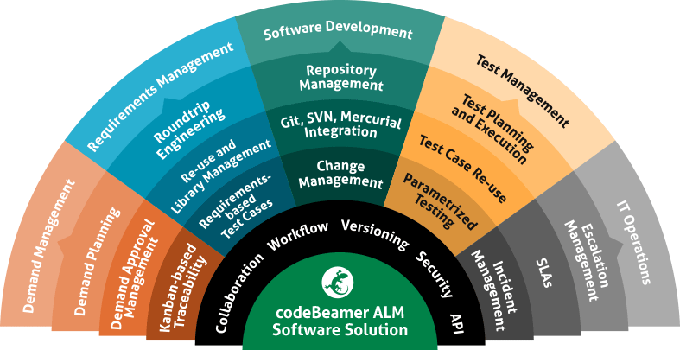The Difference Between Standard and Normal Changes in ITIL
Scope of Change Management
First things first. Change Management is a control process. In addition to its widely understood role of evaluating changes for risk and unintended consequences, and protecting customers from unplanned downtime, Change Management is the single point of control for changes to the infrastructure. Which means all changes have to go through Change Management, or you defeat the whole purpose.
But, seriously, ALL changes have to go though Change Management?
All Changes Go to CAB?
We all know that many changes happen every day in the production environment. These are required to effectively manage the environment. But if changes are happening every day, and they’re all suppose to come to CAB, isn’t that a problem? Aren’t we either violating our Change Management policy on one hand, or hamstringing IT Operations on the other?
This is where a lot of anti-Change Management feelings come from. No offense, but at first glance, formal Change Management just seem out of sync with the pace of modern IT.
But before you throw the baby out with the bathwater, hear me out. Standard Changes to the rescue!
Standard Changes

Standard Changes are pre-approved changes that are considered relatively low risk, are performed frequently, and follow a documented (and Change Management approved) process. Think standard, as in, ‘done according to the approved, standard process’. Not standard, as in run-of-the-mill.
Standard Changes are not tracked as a Request for Change (RFC), but are tracked elsewhere, often as Service Request records.
The process for a proposed Standard Change is presented to Change Management to review/approve. The proposed Standard change describes how the change and associated risks will be managed. Once Change Management has approved the Standard Change, it can be carried out in production as needed (per the defined process.)
It’s worth noting that Standard Changes, even after approval, are still under the jurisdiction of Change Management. If Standard Changes start causing Incidents, Change Management can bring the Standard Change back for review and request changes as needed.
Standard Changes are the antidote to the complaint that “every little change has to wait for CAB approval”, and “Change Management just slows everything down”.
Far from bureaucratic, Standard Changes enables rapid implementation of frequent changes while managing the risk
Normal Changes
Normal Changes, on the other hand are just that – the normal, run of the mill not ‘Standard’ and non-emergency Changes that require full Change Management review. They are raised as Request for Change (RFC), reviewed by CAB, and approved or rejected by the Change Manager.
Normal changes are often non-trivial changes to services, processes, and infrastructure.




